News

Maurine Tric, intimate photographer
Graduating from the Photographe Post-production course in 2008, Maurine Tric is a freelance photographer for the cultural press and arts and crafts institutions. Through her work as an author, she uses photography as a catharsis to tackle very intimate themes (fear of emptiness, family memory, maternity...). Her series "Le vide n'existe pas", documenting her journey through PMA (medically assisted procreation), was a finalist in the 2023 edition of the ON/OFF Festival in Arles.
Can you tell us a little about your career since graduating as a Post-Production Photographer in 2008?
As soon as I left school, I worked as a salaried image retoucher for the fashion industry, then in product photography for Nature & Découvertes.
I then assisted a photographer specializing in architecture and interior design for well-known magazines in the sector. I set up my own business some time later, as I really enjoyed the experience. I worked for clients in a wide range of sectors (real estate, hotels, decoration, banking events, luxury watchmaking...).
I then extended my practice to culture, arts and crafts for clients such as Beaux-Arts magazine, Musée de la Marine, Cité Internationale des Arts, Fondation Fiminco, Fondation Culture & Diversité,Institut des Cultures d'Islam, etc...
I also often work directly with artists to create portraits or reproductions of their works.
I also continue to work as a photojournalist.
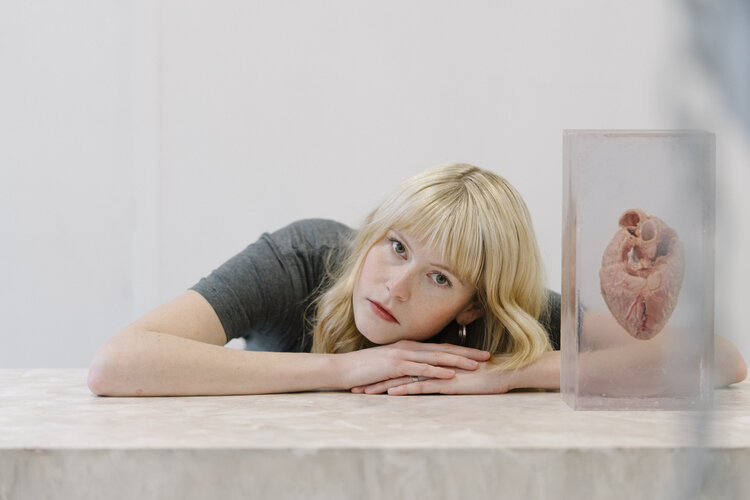
Portrait of Dana Fiona Armour, visual artist ©Maurine Tric
Why did you choose photography?
My first exposure to film photography was during my applied arts studies in high school, but I really got into it a little later, around the age of 20.
I failed the entrance exams to art schools two years in a row, and it was during this period of uncertainty that photography imposed itself on me. It supported and accompanied me.
I discovered the possibility of expressing myself artistically without being locked behind a desk, ofusing my environment as a medium for projecting my emotions.
I love the freedom and distance that this medium affords me.

Atelier de Tiphaine Calmettes ©MaurineTric
You work for the cultural press and arts and crafts institutions. How do you choose your projects?
Projects almost always start with contacts from the inner circle. The network is therefore more or less easy to build, depending on profile and temperament, but that's the case for many professions.
Initially, I used the classified ads site that GOBELINS had set up at the time, which enabled me to get some work done. Then I was lucky enough to meet the iconographer of Beaux-Arts Magazine through a mutual friend. She gave me a chance, and it was thanks to a series of encounters and word-of-mouth, through commissions and reports, that I was able to expand my clientele and build up a solid reputation in this sector.
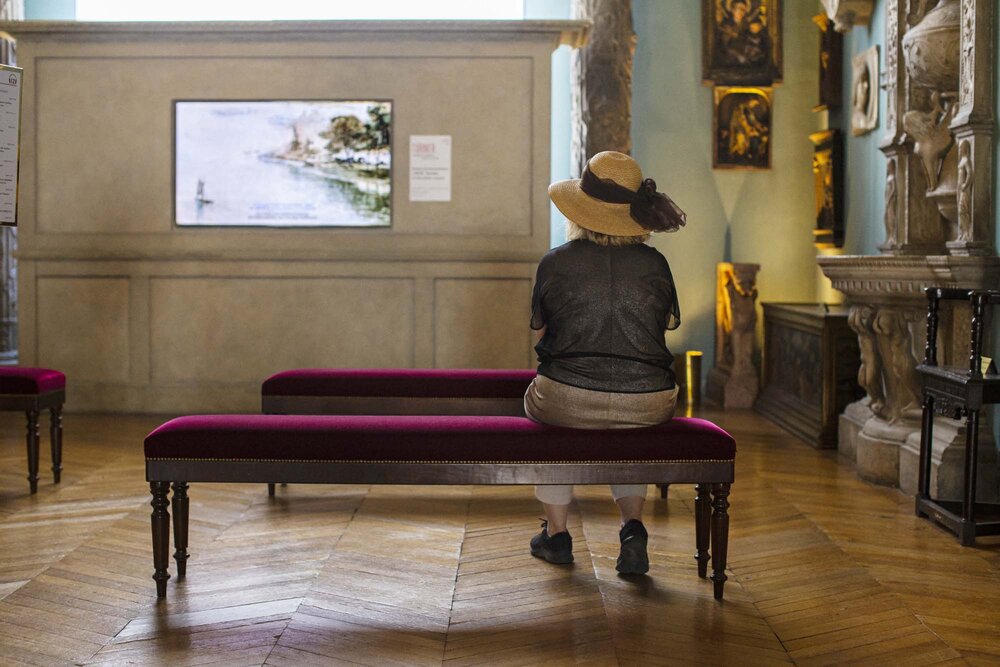
Musée Jacquemart-André, Turner exhibition ©Maurine Tric
You talk a lot about intimacy in your personal series (maternity, family memory, desire for children...) how do you transpose these themes into photography? What is your creative process?
I let myself be guided a lot by my unconscious, my dreams, and then I understand the message and the road to take by looking at the images.
I don't try to define myself by a particular style, but rather by the most sincere way of expressing my emotions.
My universe is poetic, with a multiple, symbolic and refined visual style. If I had to explain my practice, I'd use the term "automatic photographic writing".

"There is no such thing as a vacuum" ©Maurine Tric
What are your influences?
For " Le vide n'existe pas ", my project on PMA, I was encouraged by the work ofElina Brotherus. She found incredible strength in her book "Carpe Fucking Diem" , which is magnificent on every level. Her work transcribes with great intelligence and sensitivity what we experience on this journey.
I also love poetic reportage photography, such as the work of Pentti Sammallahti, Masao Yamamoto, Klavdij Sluban and Sébastien Van Malleghem.
Music also plays a role in my inspiration, particularly the work of Sigur Rós or Explosions in the Sky.
How would you define your world?
Photography has really imposed itself on me as an introspective medium, a catharsis. I let my unconscious guide me a lot. I like to use different techniques and mix tools, a bit like art therapy.
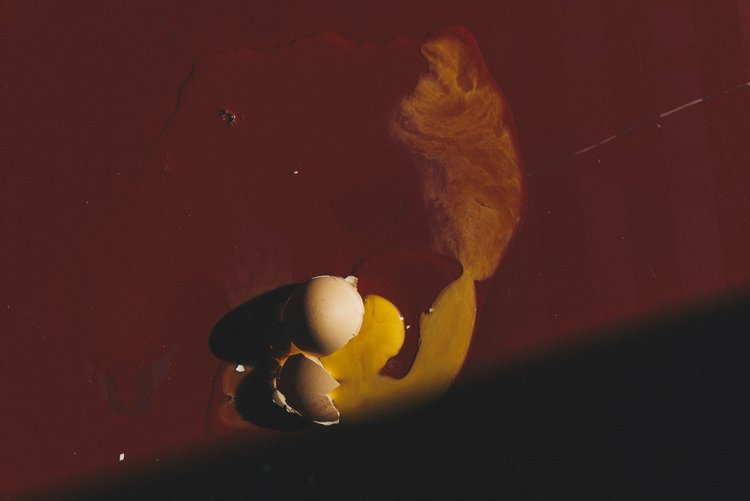
"There is no such thing as a vacuum" ©Maurine Tric
What project are you currently working on?
Since I became a mother, I've been very interested in the theme of motherhood. With PMA, I was confronted with a lot of injustice. I've been a feminist since my pregnancy.
Through photography, I want to document and question the place of motherhood in our lives. It's still seen as a constitutive stage of femininity, subject to patriarchal injunctions that are still very much entrenched.
I wanted to show how professional careers are slowed down, even sidelined.
The figures speak for themselves. A large majority of women study in the art world, but the percentage of women in this sector drops dramatically after the age of 30. What's more, men's salaries rise after the arrival of a child, while women's salaries fall. All this is political.
I'm due to take part in the Mesnographies Festival next year. I'm currently looking for a publisher to publish my series "Le vide n'existe pas".
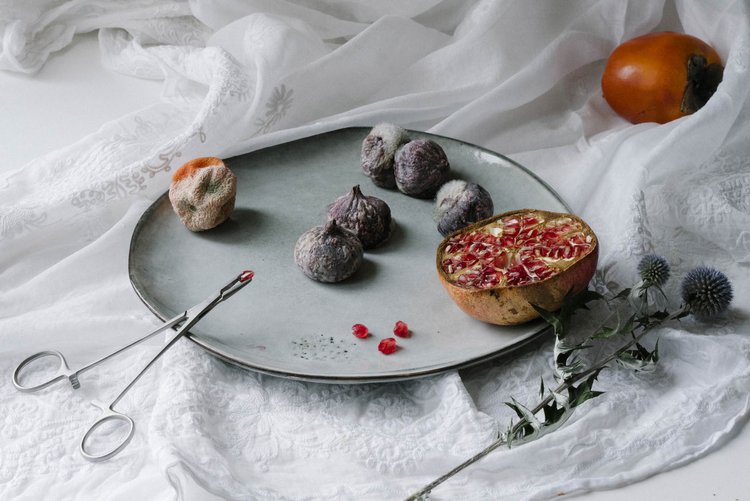
"There is no such thing as a vacuum" ©Maurine Tric
You have been selected for the ON/OFF Festival in Arles for your series "Le vide n'existe pas", which documents your PMA journey. Can you tell us more about this project?
The origins of this series lie in my experience of PMA. Long hours waiting in hospital corridors, the ticket as a sesame to an uncertain future, the injections... Then, all too often, failure and dashed hopes. This raises the fundamental question of the intimacy lost in what becomes a medical act when it should only be an act of love.
Looking beyond the physiological aspects, I tried to understand why I felt haunted by a permanent emptiness, a feeling of lack, which the impossibility of pregnancy only accentuated and aggravated.
Clinical psychology speaks of abandonment syndrome, which manifests itself in a panic fear of solitude, low self-esteem and incessant emotional dependence.
With the intuition that this wound didn't quite belong to me, I investigated the heart of my family, gradually uncovering the multiple layers of a hidden history. Letters, children's drawings, my grandfather's diary, vernacular photos...
I've dug and dug into a complex past to reveal family silences, the unspoken, where maternal absences and difficulties in giving birth recur from generation to generation.
For me,the medium is not an end in itself; I use what I feel best serves my purpose . This diversity is also an illustration of all the variations that make up a person, and the different attempts to fill, to fill the fear of emptiness.
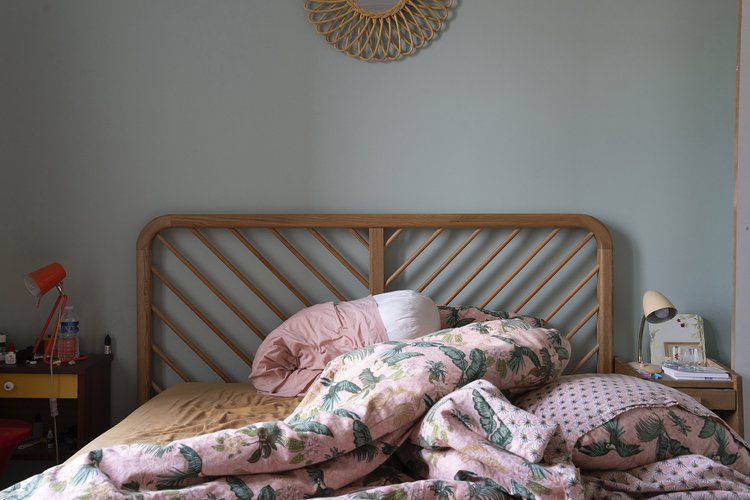
"There is no such thing as a vacuum" ©Maurine Tric
Can you give us one good memory of your years at GOBELINS?
I miss the black and white film lab classes!
What advice would you give to a recent graduate?
There's still a lot to learn, and you have to remain humble, despite the fact that the school's reputation opens many doors.
Assertyour rights (copyright, for example). Many photographers are exploited right out of school. This phenomenon has worsened with AI and the abundance of images available on the Internet. It's through our intransigence that our profession will continue to exist.

 3
3
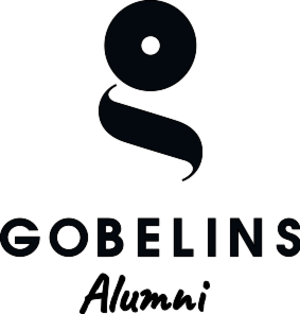







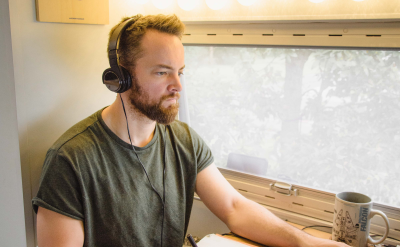
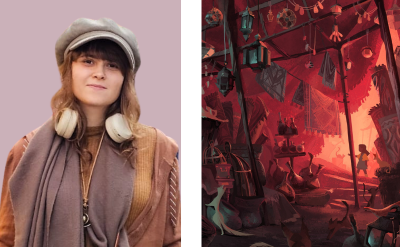

No comment
Log in to post comment. Log in.